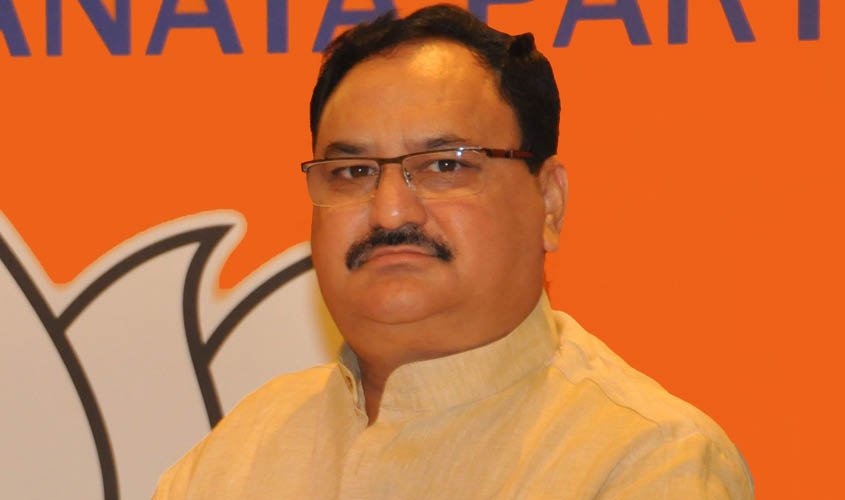New Delhi: The Bharatiya Janata Party (BJP) will start the process for organisational elections next month, following which a full time president will be appointed. It is expected that J.P. Nadda, who has been appointed as the working president of the party, may become the full time president after the process, which is likely to be over by December.
Organisational elections are held every three years. While party president Amit Shah will continue to hold the post, Nadda will help him as the working president till the time the process of organisational elections get over. The arrangement has been made to ensure that Shah can focus on his ministerial responsibilities. It is not clear as to when the entire process will be completed, said a party functionary, but a time-line for finishing the exercise is likely to be announced soon.
Shah was elected as the BJP’s national president after the 2016 organisational election and his term ended in January this year. He got a one-year extension along with his entire team across the country in the wake of the Lok Sabha elections. Moreover, Shah has joined the government as Union Home Minister and as per party rules, one person cannot hold two posts simultaneously. The organisational elections were put on hold due to the elections.
A BJP functionary said that around 2,500 national council members will decide who will become the next president. The BJP follows a democratic system, where elections are held from the Mandal to national president’s level. The entire election process, which is quite exhaustive, is called “Sangathan Parv” (organisational festival).
The process will start next month with the membership drive to enroll 25% new members in all the states and Union Territories, except Maharashtra, Jharkhand and Haryana, which are going for Assembly elections at this year end. During Shah’s tenure, the party witnessed an increase in its membership from 3 crore to 11 crore.
This will be followed by verification of the new members by the active members. After this, election in-charges are appointed to begin the process for elections for the Mandal president, district president, state president and then finally, the national president. As per party rules, the process for organisational elections in at least 50% of states and Union Territories must be completed before a new national president is chosen. The source said most of the senior functionaries, including the state heads and national president, are elected through a consensus.
After last year’s Assembly elections in five states, some new faces were inducted into the central organisation. At present, there are 12 vice presidents, five general secretaries, 30 state general secretaries, seven national general secretaries and 13 national secretaries, as per the party’s official website.

